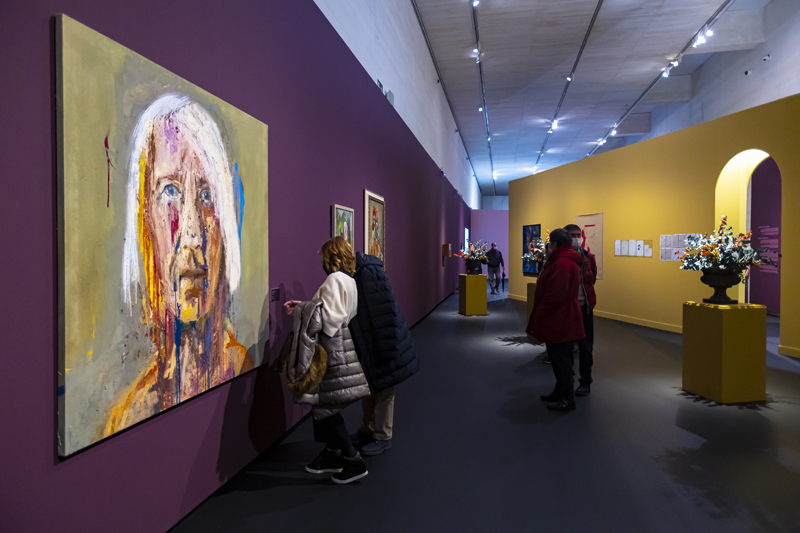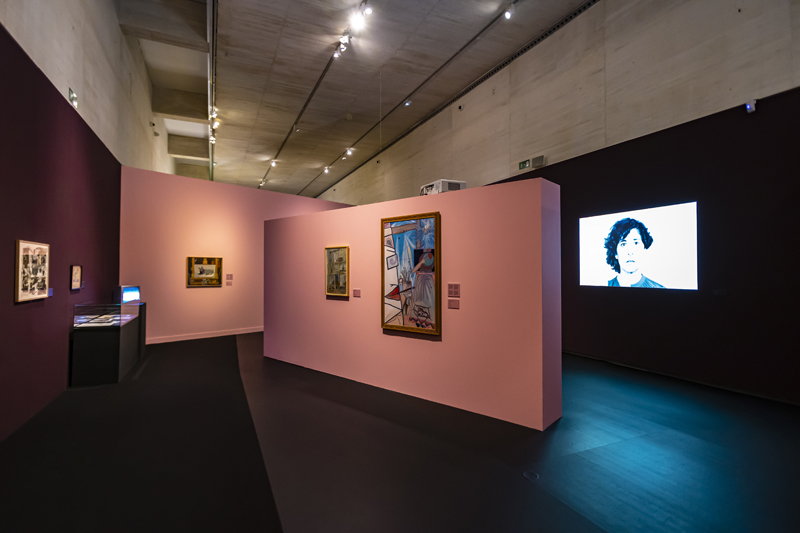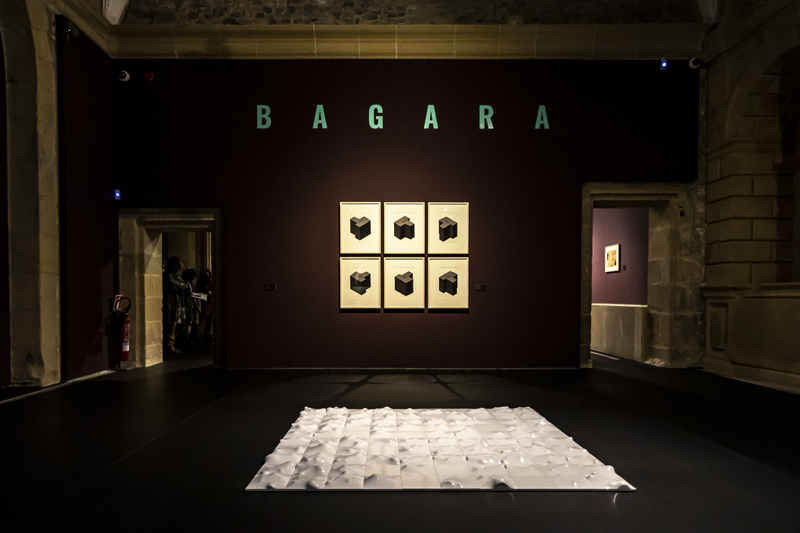
- Baginen Bagara. Women artists: the logic of spectacularity will be the great exhibition of 2022 at the San Telmo Museum. The project is the result of an exhaustive investigation that has lasted two years and analyzes how the museum’s collection has been built: the purchasing policies and the logics that have prevailed in shaping the museum’s heritage and, above all, the causes of the invisibility of the feminine works for decades.

deficiencies. Faults. Absences. Keys. White spaces. Unfilled walls. Registered works without a name. Unexplorable legacies. Names of artists who are not learned in the history of art. Works by artists not visible in museums. Drawing attention to them is important and urgent. Baginen Bagara has brought to the room works by female artists who are part of the collection of the San Telmo Museum. It is not an exhibition of women artists, but it is an exhibition in which for the first time works of women artists of the collections of the San Telmo Museum, the Deposit and the Kutxa Foundation are shown. To this end, the curators of the exhibition, Haizea Barcenilla and Garazi Ansa, have analyzed the composition of the museum collection and analyzed the causes of the scarcity of works by women artists in this recovery process.
It cannot be denied that museum collections, whether artistic, ethnographic or historical, are legitimators. The collections create canonical discourses through works of art, objects, files and itineraries that they create, under the guise of false objectivity, and the narratives, exhibited and grouped become legitimate and truthful personalities. There is nothing more to do with the readings or expolies and wars of the non-Western cultures of Musée de l'Homme, founded in Paris by Paul Rivet, museums have perpetuated colonialism and oppression through speeches told and confirmed in the galleries. To rethink these stories, to reread the collections and to present the collections funds under other perspectives is a curatorial practice that began a few years ago – whether from feminism, from racial diversity, from micropolitics or from cultural diversity. In the Spanish State, the Reina Sofía Museum of Madrid was one of the first to reorganize its collection and present it in themes. The Artium Museum of Vitoria-Gasteiz and the Museum of Fine Arts of Bilbao have also proposed new approaches, for example, through proposals such as One Sky After Eleven Roads and 68.

Therefore, to the extent that museums are creative discourses, they are political spaces and, therefore, spaces that must be fought and appropriated. Baginen Bagara tries to have the museum read in another way, to create a new story/its proposal, allowing for the works of women artists invisible for a long time in the museum of San Sebastian and questioning the canonical and patriarchal history of art. The exhibition is divided into two parts, following the two words that mark the title. In the section of Bagine, she focuses on these women artists and explains why they have been rejected, why it is so difficult to carry out research on their works in relation to the information and bibliography existing around men, and why mechanisms have been incorporating their works into the museum heritage.
The exhibition aims to question the patriarchal history of art, giving space to the works of women artists
120 years ago, with the creation of the Museum of San Telmo, the collection began to be completed thanks to the donations of summer speakers, artists and families from Donostiarras. In these early gifts, there was hardly any work by female artists. In 1919 a work was first purchased from an artist, 20 years after the museum opened: This first purchase was the work of the small fishermen of Ondarroa, by the Polish artist Victoria Malinowska. And in 1939, the work of an artist was donated for the first time: Canvas print Fruits and flowers of Julia Alcayde Montoya. The awards derived from the Christmas Contest, the Noveles Artists Competition or the Gipuzkoa Women Painters Competition, which began to be organized from the second decade of the 20th century, were the source to complete the collection and therefore began to progressively incorporate the works of women into the collection. Starting in 2000, the museum began to systematically purchase works by women artists, especially of the periodical exhibitions it organized.

This first part of the tour is governed by an architecture that resembles the Italian Renaissance art academies. In the first gallery we find 20th century paintings classified around the pictorial genres: body, home portraits, self-portraits, chairs... There are works that call our attention positively: I am particularly interested in the works of Rosa Valverde, Marta Cárdenas, Coro Acarreta or the aforementioned Victoria Malinowska, as well as the cocks painted by Irene Laffitt. There is no denying that the museography of the exhibition is courageous, yet another thing is whether the decision taken is the right one. Although it is an interesting and applausible attempt to break with the standardized, aseptic and more accepted way of showing works of art in museums, the choice of these colorful walls can condition the autonomy of works of art and interfere in the reading of many works of art to the detriment of some works.

In the Gara section, on the contrary, we can find works by more contemporary artists and, despite the presence of the painting, such as those of Mari Puri Herrero or Idoia Lote, the sculpture has a great presence, especially that of the artists realized in the 1990s: María Luisa Fernández, Elena Mendizabal, Gema Intxausti or Miren Arenzana. The large photograph of Ana Laura Álvarez, the facilities of Zuhar Iruretagoiena or the video works of Itziar Okariz and Erlea Maneros Zabala, whose work was presented for the Museo Doble project, are familiar to us for having been previously exposed in San Telmo. This space of the second part is quite dark and in some cases there are accumulated works, which may be perceived as more dissolved in the discourse than in the first part. However, this chapter shows the reflection of the purchases made in the last two decades, as well as the legacy of the works of the 1990s. Arteleku’s experience also takes place in the Bagara chapter. The exhibition also has an aspect that can be problematic, since the works of Peio Irazu, Nestor Basterretxea, Vicente Ameztoy or Cordiarias have been brought to bear to point out that the works of women were framed within the artistic movements of the time.
In the case of the San Telmo Museum, the diversity of works contained therein marks the experience of Baginen Bagara. However, it is an interesting opportunity to discover works by many unknown artists and it is a project that could be the starting point for rewriting our artistic historiography.